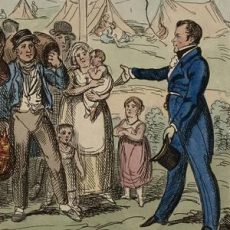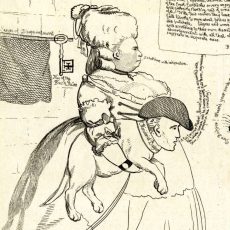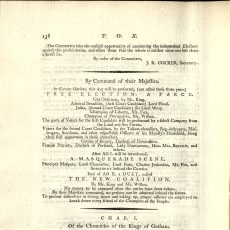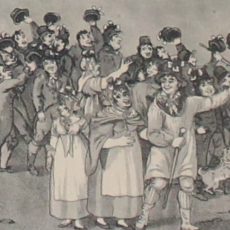
London was the political, legal, commercial, and social hub of England with a population size that outstripped all other urban centres in the country. The City of London was defined by the influential ‘square mile’, which included the land within the city’s medieval walls and a portion of land beyond that physical barrier. The square mile was the location of the Bank of England and Lord Mayor’s Mansion House, significant seats of power in eighteenth-century politics. In the 1680s, London had a population of 500,000 people, however only freemen attached to London’s livery companies had the right to vote in parliamentary elections. These people typically included merchants, shopkeepers, artisans, and craftsmen. The wide electorate meant that elections were often fierce and contested events when electing the City’s four Members of Parliament. London was a key political seat, as its politics influenced Westminster, Southwark, Middlesex, and Surrey.
The constituency was governed by a corporation which consisted of a court of 26 aldermen (elected for life), and the court of common council (comprised of the Lord Mayor, aldermen, and 236 common councilors). Although not a requirement of election, candidates were typically drawn from the corporation’s aldermen. The members of the corporation who were drawn from London’s smaller merchants and shopkeepers typically sided with the Opposition, juxtaposed with the larger merchants who aligned with the Government interest. The Government was able to exert some degree of influence over these merchants due to their connections with the Bank of England, South Sea Company, East India Company, and the Treasury through the subscription to loans and securing of Government contracts. Those employed by the Bank of England, the South Sea Company, the East India Company, the custom house, the ordnance, the excise office, the post office, the victualling office, the navy office, the salt office could also be expected to align with their government employers. Notable Members of Parliament for London include the increasingly radical Sir John Barnard, William Beckford, and John Wilkes.







